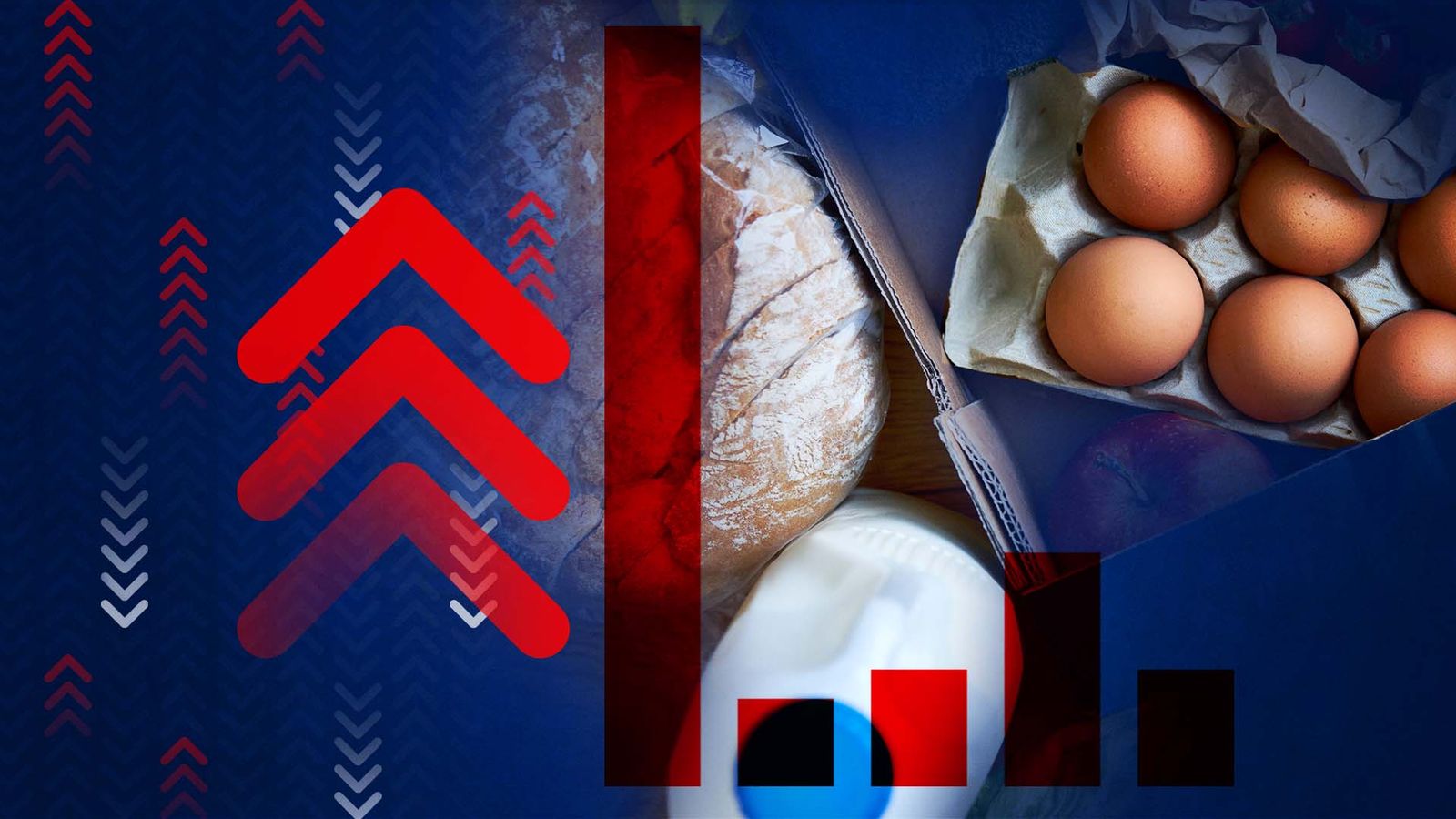The rate of price rises has remained at 8.7% despite expectations of a fall, according to official figures.
The Office for National Statistics (ONS) announced the consumer price index measure of inflation stood at 8.7% in the year up to May, the same as the rate in April.
A slight decrease, to 8.4%, had been expected by economists. It puts the government’s pledge to halve inflation this year in doubt.
The rate has been kept high due to the rising cost of second-hand cars, live music events and computer games, the ONS chief economist said, though they were partially offset by the fall in petrol prices. More expensive flights were also partially to blame, the ONS said.
There’s been an increase in another measure of inflation being watched by the Bank of England – core inflation, which excludes volatile categories including fuel and food.
That rise bucked expectations and now stands at 7.1%, a 31-year high and up from 6.8% last month. Not since March 1992 was the rate of core inflation so high.
It was forecast to remain stagnant at 6.8%.
Food inflation came down slightly to 18.3% from 19.1% last month, the ONS said.
The Bank of England has undertaken a programme of interest rate rises to bring inflation down to 2% and Wednesday’s figure will be closely watched by rate-setters ahead of the latest expected rise on Thursday.
Inflation began to increase in late 2021, when supply chain problems linked to COVID lockdowns and the associated worker shortages meant demand for goods could not be met.
Russia’s invasion of Ukraine exacerbated the problem as many countries, particularly those in Europe, scrambled to find other energy sources and reduce their use of Russian gas, which subsequently pushed up the cost of energy and many other goods.










